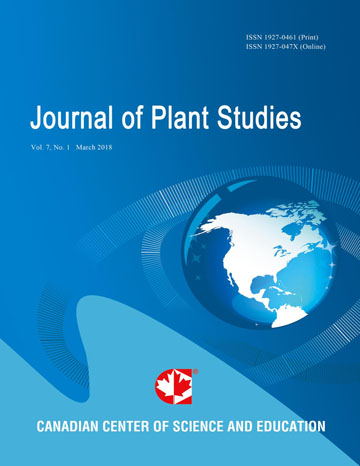Analysis of the Performance of two Rangeland Protocols, Monitoring and Assessment
- Soumana Idrissa
Abstract
This study compared and contrasted data from the stick and modified Braun-Blanquet monitoring protocols in three areas with different land use histories: an unrestored barren area, a young and old restored areas. The study areas are part of extensive degraded of birch woodland and willow shrubland that have partly been re-vegetated.Vegetation and site characteristics were assessed in the three areas using the two protocols and soil sampling to characterize the ecological status of a land that has been re-vegetated. The analysis of the two protocols data indicates similar tendency which is the improvement of the ecological condition of the restored areas compared to the unrestored area. The soil carbon and nitrogen contents increased when the pH decreased with the restoration age. The improvement is better at the old restored area which has received more fertilization compared to the young restoration. Stick method estimated greater cover of vascular plants, litters, mosses and rocks, and lower amount of bare ground than modified Braun-Blanquet. The two protocols provided similar estimates cover of lichens and sedges. Stick method also provided three supplementary indicators which were not included in modified Braun-Blanquet: plants base, basal and canopy gaps. Another observation that could be proved by further studies, stick seemed to be more precise and economical than modified Braun-Blanquet. The indicators provided by the two protocols were related to the three attributes of ecosystems and the rangelands health indicators. This study is a preliminary that cannot be able to recommend one method, but it advocates stick method to assess and monitor vegetation dominated by herbaceous layer as grassland and modified Braun-Blanquet for the one dominated by woody layer.
- Full Text:
 PDF
PDF
- DOI:10.5539/jps.v5n2p47
Index
- AGRICOLA
- CAB Abstracts
- CABI
- CAS (American Chemical Society)
- CNKI Scholar
- Elektronische Zeitschriftenbibliothek (EZB)
- Excellence in Research for Australia (ERA)
- Google Scholar
- JournalTOCs
- Mendeley
- Open policy finder
- Scilit
- Standard Periodical Directory
- Technische Informationsbibliothek (TIB)
- WorldCat
Contact
- Joan LeeEditorial Assistant
- jps@ccsenet.org
